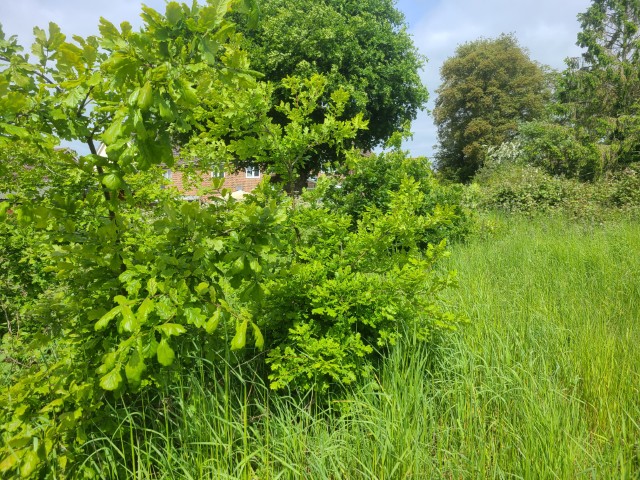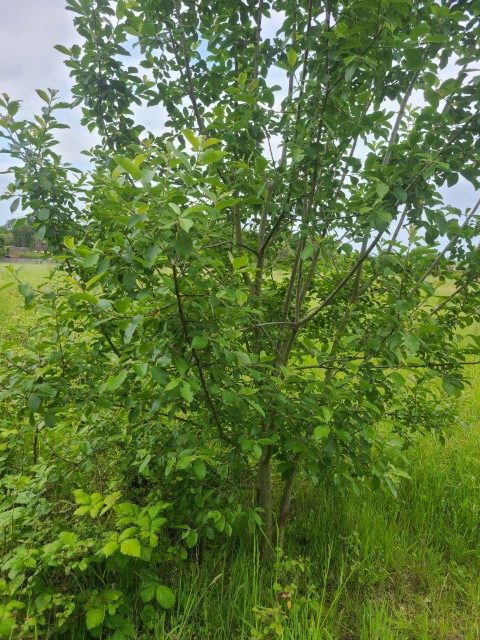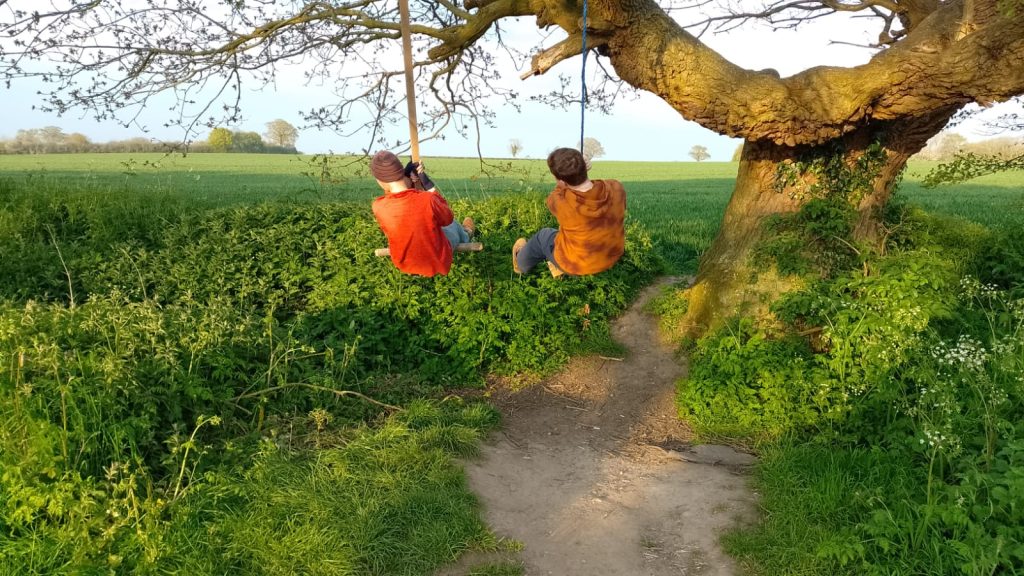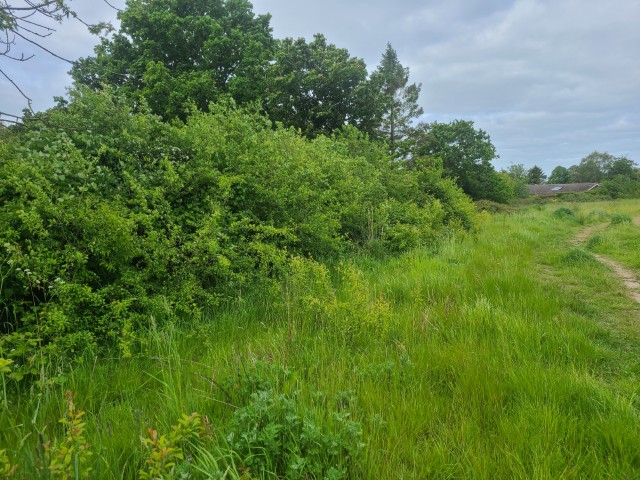
Site Meeting with Suffolk Wildlife trust
Site meeting with Cathy Smith from the SWT, 13.09.24
Present, Christine Johnson, Julie Black, John Gibbens and Steve Le Grys
Cathy Smith, a conservation advisor for the Suffolk Wildlife Trust, visited the field on Friday 13th September with myself, John, Christine and Steve Le Grys.
I gave Cathy the background to the acquisition and how it is now managed.
She then spent an hour and a half with us offering advice and answering questions.
Topics of discussion as follows;
Ragwort; although the field has a large amount of ragwort, it’s a native species that is a food source for over 30 insects and reptiles.
https://ragwortfacts.com/ragwort-law.html
DEFRA states that if ragwort is more than 50m away from livestock and/or not being harvested for livestock fodder, then no action needs to be taken.
Pond/wet land creation; a small pond in the lower half of the field would give a breeding habitat for great created newts, other aquatic life and would create an extra area of interest for the public.
Disadvantages would be that dogs could be frequently in there and flea treatments would end up in the water potentially harming aquatic life. Safety aspects; a possibly bramble screen encouraged to grow round to keep small children away and regular maintenance although this shouldn’t be too frequent once the area is created.
An alternative to a pond would be a wet grassland area. This could still provide adequate breeding conditions for great crested newts.

Wildflower area; seed collected from the neighbouring churchyard county wildlife area.
If desired, the creation of a wild flower area by thinning out some of the ragwort and scattering seeds collected from the church nature area to ensure local species.
Bramble management; selecting which ones to allow to grow unhindered. Keep ones in the middle and hard cutting ones close to paths and neighbouring properties.
Give selected brambles a hard cut every 5 years.
Note that brambles provide good protection to young saplings from deer.
Plant ID app Obsidentify; Cathy suggested setting up a group account to allow species to be recorded. As I already have the app. she will send me a link to a Webinar from Martin Sandford explaining this is more detail.
Thinning out tree saplings; without this the field would eventually become a woodland.



Thinning out the cluster of oak saplings near the top path, saplings can be offered to The Tree Council if desired.
Identify which saplings to leave and removal of ones close to paths or where there are too many.
Be mindful of the allotments and neighbouring properties when deciding which trees to allow to develop.
Removal of the ” garden escapes” from the lower end of the end , although there are fewer of incidences of those now.
Look into registering the large oak “lighting tree” on the Ancient Tree Inventory.

Hedge cutting; this should be done on a 3 yearly rotation.
Cut back some of the overhanging hedging on the top public Row path and where practical, consider cutting it to varying heights to create a sloping, layered effect, especially the blackthorn, which is abundant.

This will then allow greater perch space and optimum biodiversity creation.
Siting some public benches, these could be simple perch seats from logs to allow the public and visitors to sit and enjoy the area.
Cathy was very impressed with the AFT wanting to keep the field as close to its current state as possible and balancing biodiversity with community recreation and open space.
